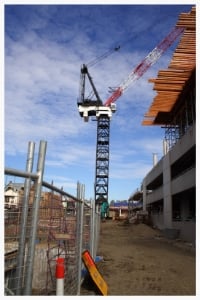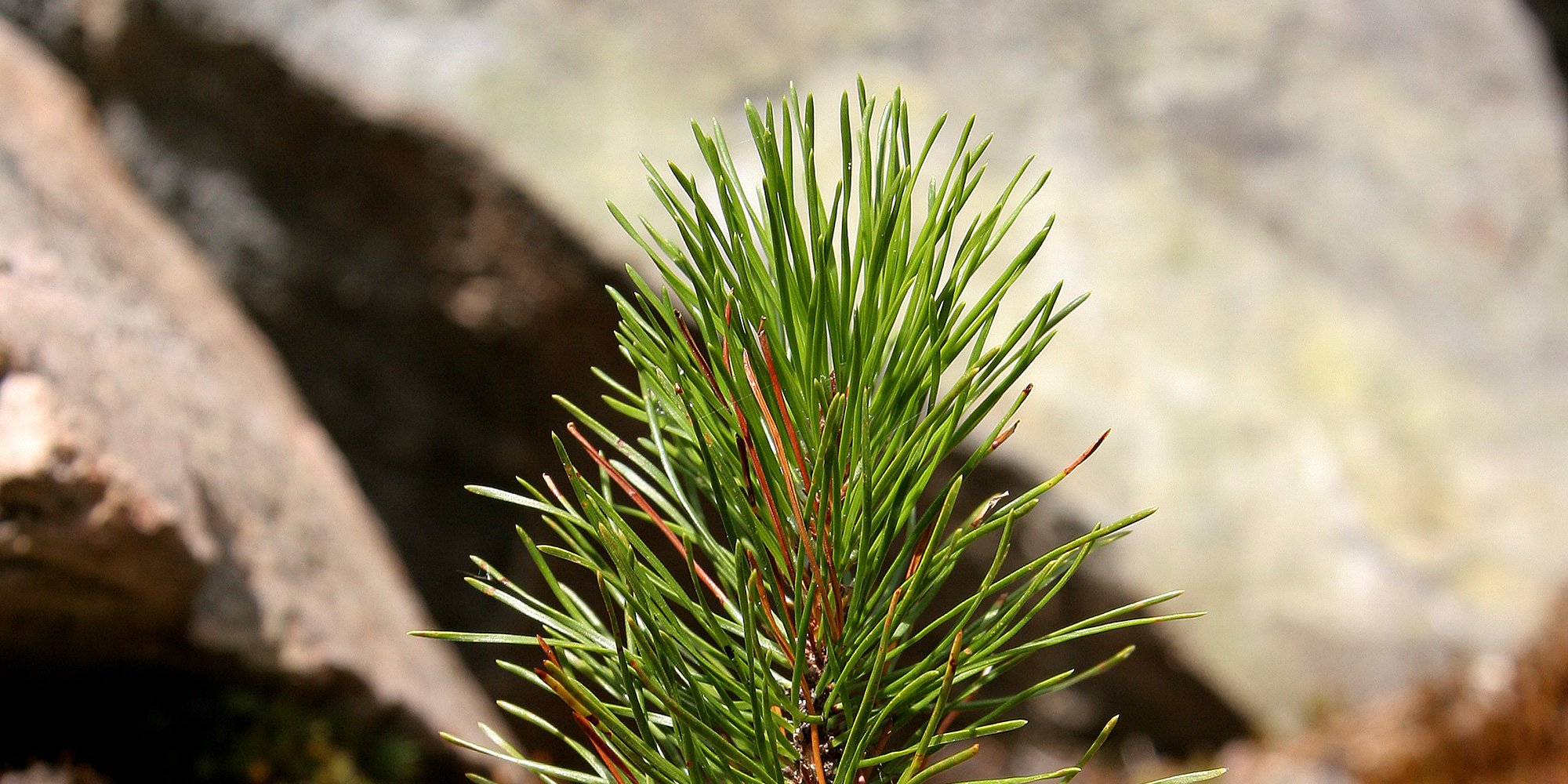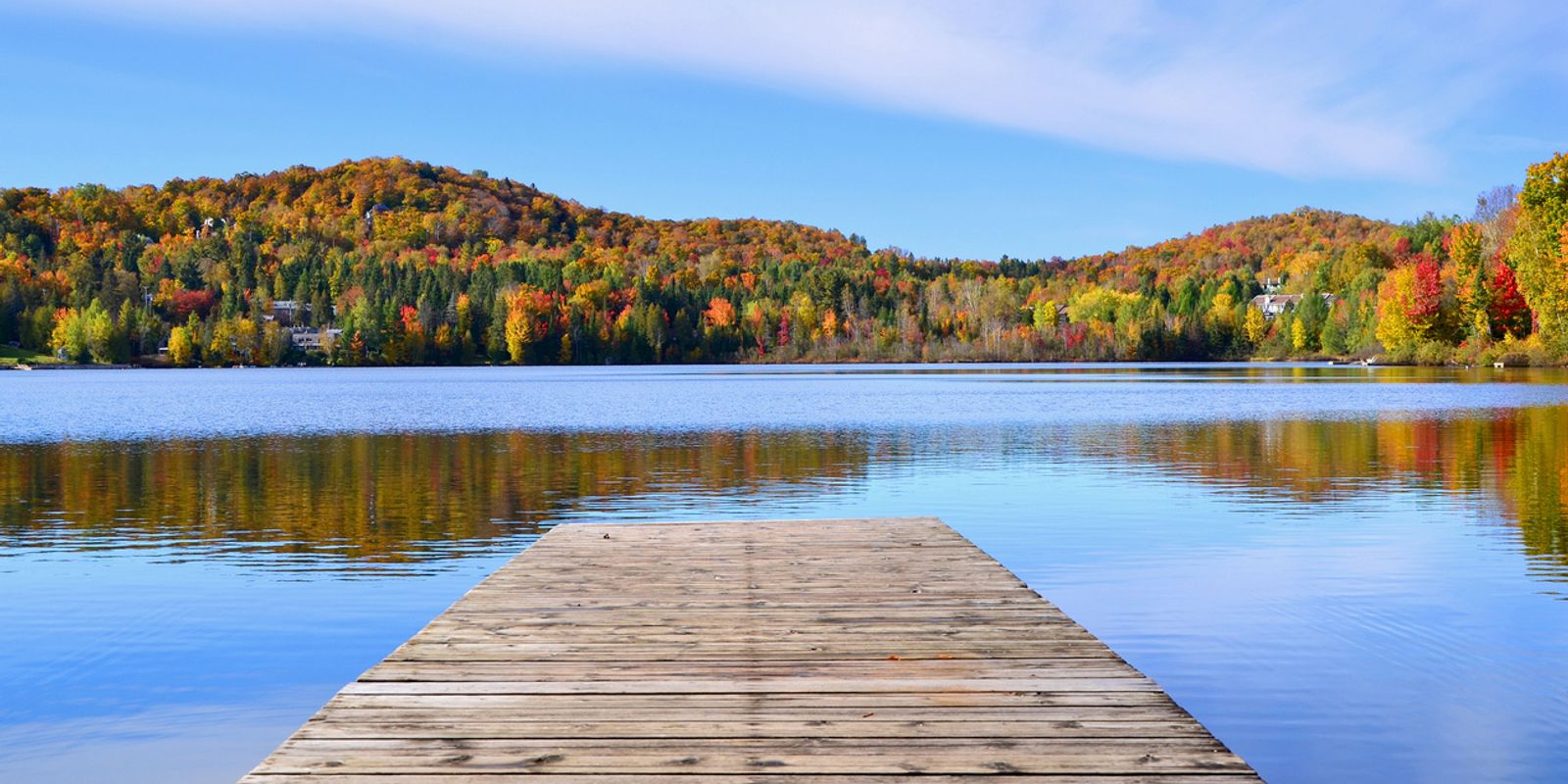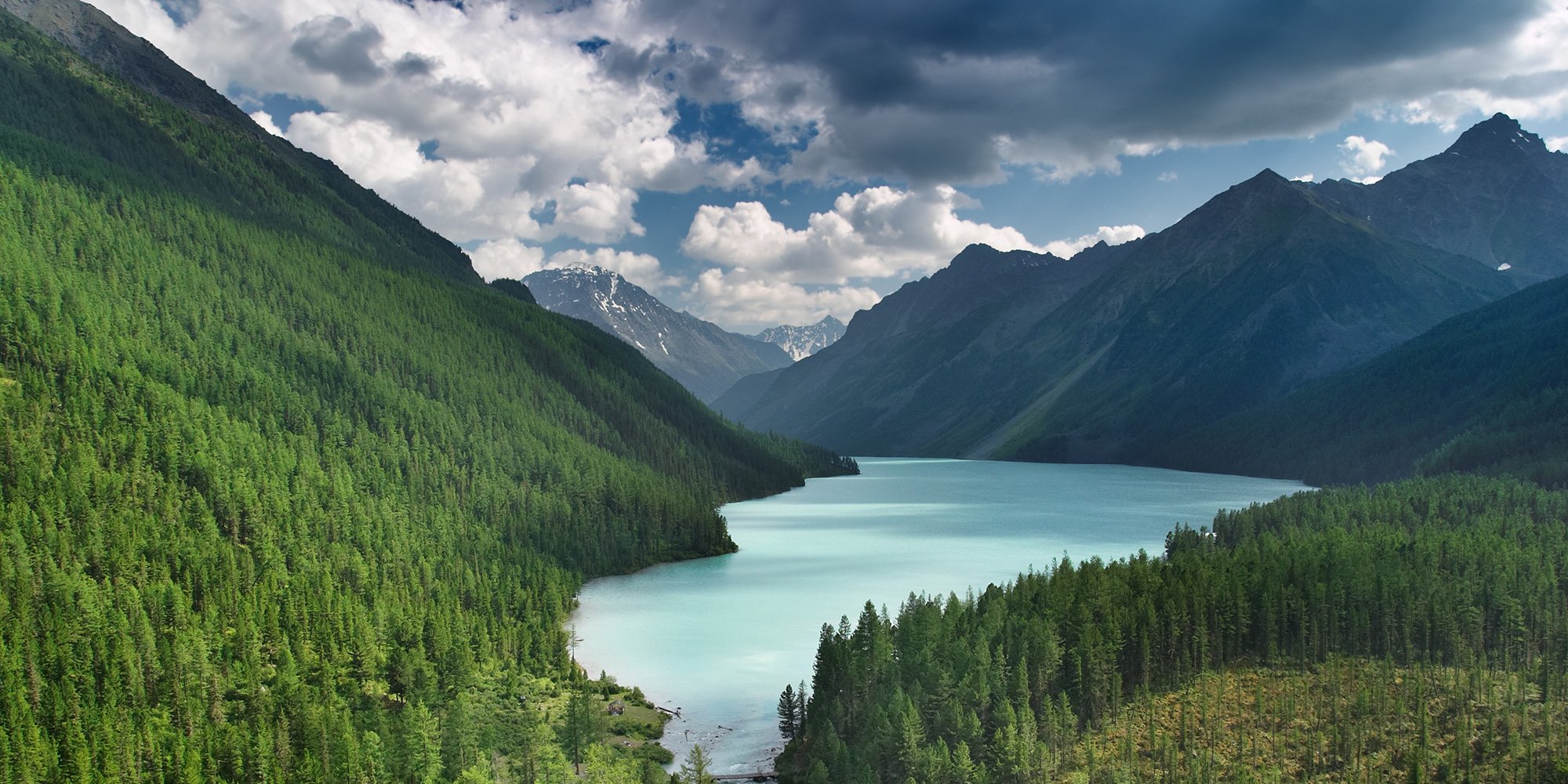First Nations' Relationship to the Land
Indigenous peoples have the right to maintain and strengthen their distinctive spiritual relationship with their traditionally owned or otherwise...

There is a new reality taking shape in the Canadian economy. More than ever before, First Nations are pursuing and achieving a greater share in the benefits and opportunities that come with being players in the mainstream real estate property economy.

“Without the capacity and means to develop and use their lands and resources sustainably for their economic benefit, the opportunities for First Nations to improve their quality of life and approach the standard of health and well-being enjoyed by other communities in Canada are severely restricted.” [1]
What’s behind the shift? The fundamental need for First Nation communities to provide economic opportunities for their youth, and improve the lives of their community members coupled with the legal landscape that supports their right to benefit from commercial enterprises on their traditional or treaty land. Sustainable projects managed by companies that are respectful of their culture, language, traditions and world views are generally considered prime partnership material for First Nations.
On the other side of the ledger, developers and commercial business owners are in the position of needing access to land for development projects and have reached the relatively new realization that First Nation communities control some prime real estate land. If you think about Vancouver for example, the outlying districts are all or nearly fully developed, so the last bastion of available development land is reserve land.
This scenario has created a fertile setting for mutually beneficial partnerships between First Nations and companies seeking access to land or business partners. For developers who are interested in doing business with First Nations, it is important to understand the complexities of the different First Nation land management regimes.
Land development for the majority of First Nations is controlled by the Land Management Regime of the Indian Act and administered by the Aboriginal Affairs and Northern Development Canada (AANDC).
Actually acquiring a leasehold interest in reserve land that is controlled by the Indian Act can be complex and involve lengthy lease negotiations. Generally speaking, reserve lands are held by the Crown for the benefit of the First Nation and must be designated to the Crown prior to them being leased. Designating land to the Crown is a convoluted process and includes the Nation voting on specific requirements of the lease. Once the designation process is complete, the Crown can lease the lands to the developer. The business terms of the lease are generally negotiated by the First Nation.
Another option for leasing reserve land is the Certificate of Possession lands, in which land is allotted to an individual member. In this situation, the individual has the right to occupy and develop the piece of land or lease the land out. A designation is not required for leasing allotted lands but AANDC can request consent from the individual and supporting consent in the form of a band council resolution.
Fifty-eight First Nations have entered into a Framework Agreement on First Nations Land Management (FAFNLM). Under this Framework Agreement, First Nation signatories can take over the management and administration of their lands independent of the Indian Act. The Crown continues to hold title to First Nation land, although it will have no management authority over the land. For a Nation to lease land out under the FAFNLM they must create a Land Code, which becomes the basic land law of the Nation, and replaces the Land Management provisions of the Indian Act. The provisions of the Indian Act that do not deal with land matters continue to apply to a First Nation with a Land Code.
First Nations that have opted for self-government agreements have an even greater autonomy and control over decision-making, land management and law-making for their community. When more First Nations sign self-government agreements no doubt there will be number of different governance models.
The fourth land management regime is the modern treaty. First Nations with modern day treaties have the ability to write their own land acts which include land use planning and development, zoning etc.
As you have probably surmised, from this brief overview of the four regimes, it is critical that land developers be very familiar with the land management regime of the First Nation they want to work with. It is also important that developers do their research and show their respect by learning the culture, traditions, protocols and world views of each Nation they want to work with. In my onsite Aboriginal awareness training I emphasize the value of research and respect.
[1] (Report of the Auditor General of Canada to the House of Commons. Chapter 6: Land Management and Environmental Protection on Reserves Fall 2009.)
Subscribe to our monthly Indigenous Relations Bulletin.

Indigenous peoples have the right to maintain and strengthen their distinctive spiritual relationship with their traditionally owned or otherwise...

Rainy Lake has always been important to the Anishinaabe of this region,” says Chief Janice Henderson of Mitaanjigamiing First Nation. “The district...

One of the terms you will want to consider avoiding is “crown land” or “crown lands”. If you use this term in your work with Indigenous Peoples, you...